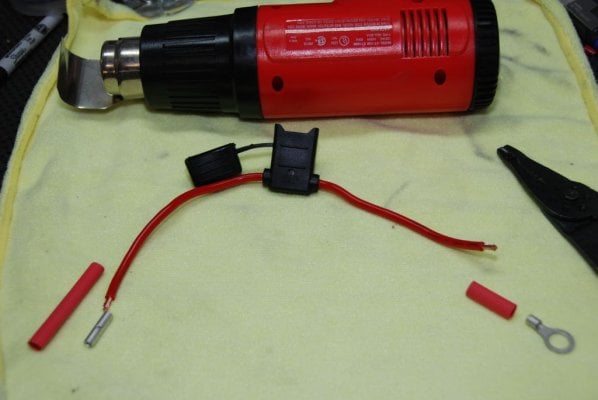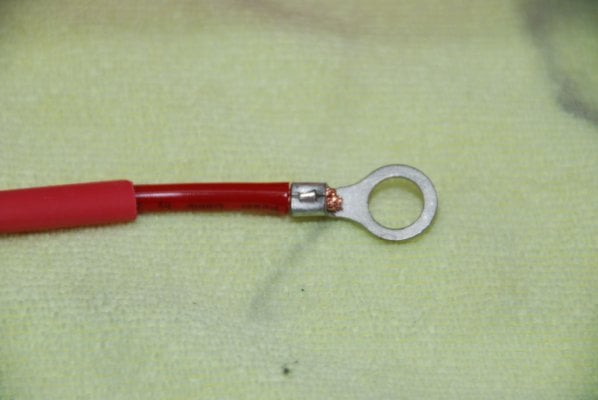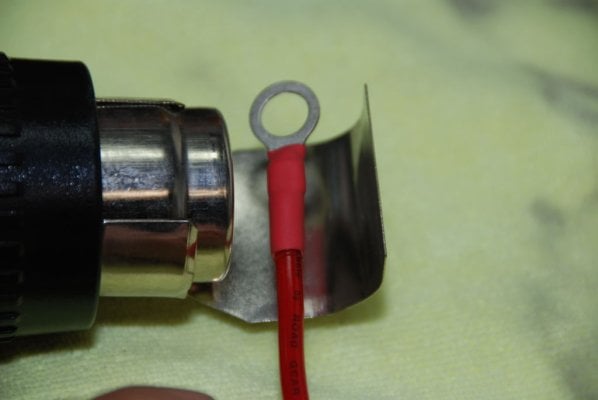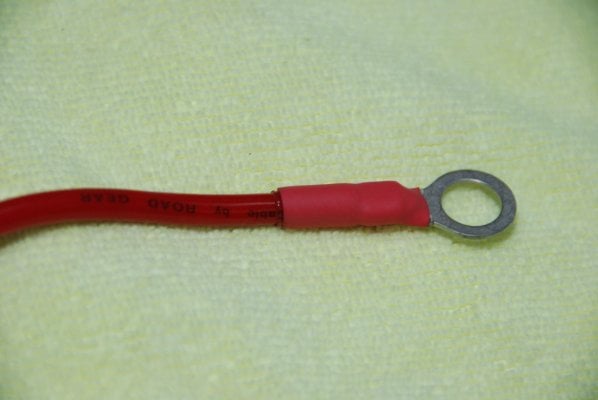leadsled9
Contributors
I currently have a 3.0 cu. ft. 3-way refrigerator in my Hawk. In the future, I may wish to replace that with an Engel front opening DC refrigerator. The largest one they make right now is only 60 qts....which is about 2/3's the size of my current unit. The Engel web site says the maximum current draw is 3 amps. What I don't know is how often the unit requires the maximum current draw.
Only folks with Engel refrigerators and solar systems would know the real-world performance of solar systems while running DC refrigerators.
My current set up is a solar system with 120 watt panel, MPPT controller and one 100 AH battery. Is it reasonable to believe that the 120 watt system will keep up with the DC refrigerator with enough left over for running lights and furnace?
I've heard estimates on both ends of the spectrum....one post said that a 200+ watt solar system was necessary to run a DC refrigerator....and another said that only a 65 watt system would be necessary.
Any one out there running a DC refrigerator with a solar system?
Only folks with Engel refrigerators and solar systems would know the real-world performance of solar systems while running DC refrigerators.
My current set up is a solar system with 120 watt panel, MPPT controller and one 100 AH battery. Is it reasonable to believe that the 120 watt system will keep up with the DC refrigerator with enough left over for running lights and furnace?
I've heard estimates on both ends of the spectrum....one post said that a 200+ watt solar system was necessary to run a DC refrigerator....and another said that only a 65 watt system would be necessary.
Any one out there running a DC refrigerator with a solar system?





